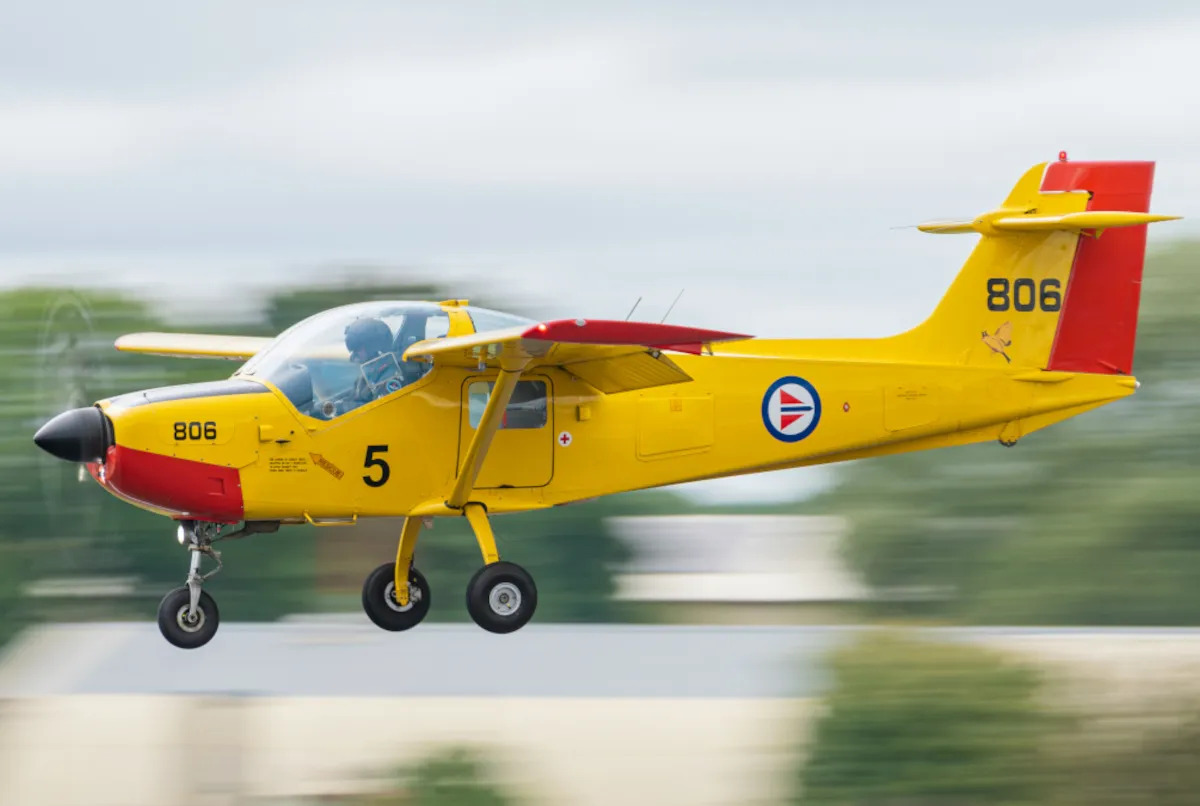
New aviation rule shakes SA: 1 400 aircraft grounded, 300 000 jobs in jeopardy
A policy change by South Africa’s Civil Aviation Authority (SACAA) has grounded more than 1,400 light aircraft.

The South African Civil Aviation Authority (SACAA) has disrupted the country’s aviation sector by suddenly enforcing a controversial rule that requires all aircraft engines older than 12 years to undergo mandatory overhauls, regardless of flight hours or mechanical condition.
SACAA argues that a strict time-based overhaul schedule is crucial for ensuring flight safety, a stance that has grounded more than 1 400 fixed-wing aircraft and helicopters nationwide.
In many cases, the cost of these overhauls exceeds the value of the aircraft, effectively making them obsolete.
An industry with some 300 000 employees could be economically decimated by the ruling.
The safety argument
SACAA enforces the 12-year engine overhaul rule with one main goal: preventing mechanical failures that could lead to fatalities.
The Authority explains that it is aligning local regulations with engine manufacturers’ recommended “calendar life,” which typically calls for overhauls every 12 years, regardless of flight time.
SACAA emphasises that these timelines reflect the reality that engine materials deteriorate with age, even when engines are well-maintained or rarely used.
It also cites international standards, such as those from the European Union Aviation Safety Agency (EASA) and the U.S. Federal Aviation Administration (FAA), which often mandate scheduled overhauls for commercial operations.
A SACAA spokesperson told media this week: “Aging components – particularly in critical engine assemblies – can experience metal fatigue, corrosion, and rubber degradation that are invisible during external inspections.
“Overhaul intervals are designed to identify these failures before they become safety risks.”
Withdrawal of AIC 18.19
Until recently, aircraft owners relied on AIC 18.19, an exemption that allowed them to maintain airworthiness through inspections instead of using calendar age.
But in 2023, SACAA revoked that circular.
Why?
SACAA insiders explained that relying on discretionary inspections led to inconsistent compliance. Inspectors varied in experience and sometimes missed early signs of engine deterioration.
The Authority has stated that the alternate compliance pathway was vulnerable to abuse and opened the door to unsafe flying.
“The blanket inspection exemption created a loophole. Safety cannot depend on subjective interpretations of engine health,” SACAA said in a statement.
Incident data
Although no recent high-profile accidents in South Africa have been directly linked to aging engines, SACAA points to international incident data that reveals a pattern: infrequently flown engines often fail suddenly due to internal corrosion or seal degradation.
For instance, in 2019, a privately operated aircraft in Botswana experienced engine failure, which investigators later traced to long-term storage and poor internal inspection, an incident that raised alarms across the SADC region.
SACAA has adopted a proactive approach to prevent a similar event from occurring within its airspace.
Regulatory pressure and liability
There is also a compliance liability factor.
As the aviation regulator, SACAA has obligations to the International Civil Aviation Organisation (ICAO) and is required to maintain internationally accepted safety oversight standards.
Any serious accident involving an ageing engine could lead to reputational damage, and worse, the downgrading of South Africa’s aviation safety rating.
Such a downgrade would affect international operations, potentially jeopardising South African air carriers’ access to international airspace.
“If we wait for a major incident to act, we will have failed in our duty of care,” said one SACAA official, speaking on condition of anonymity.
Room for negotiation?
Despite widespread industry backlash, SACAA appears firm in its position that the rule is necessary for long-term aviation safety.
Efforts by stakeholders to negotiate a conditional or phased implementation, similar to previous years, have so far been unsuccessful.
Still, industry experts argue that the overhaul requirement ignores real-world usage patterns and may sacrifice economic stability without measurable safety gains.
Looking ahead
While SACAA insists its decision is safety-first, critics say the Authority has prioritised bureaucratic control over collaborative risk management.
With no empirical evidence of increased incidents due to old but maintained engines, the aviation community continues to call for a return to a more nuanced, evidence-based approach.
For now, unless SACAA reconsiders or provides a transitional path, South Africa’s skies will remain quieter – and its aviation economy more uncertain.
